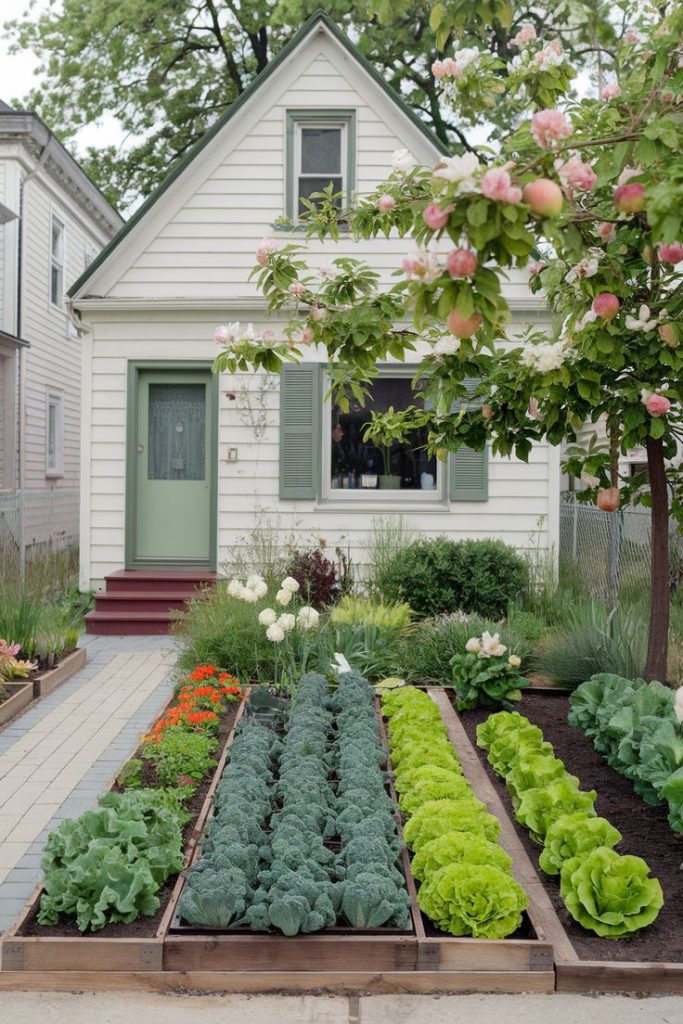For a new gardener, watering can seem like a simple task, but it’s one of the most critical skills to master. Getting it right can be the difference between a lush, productive garden and one that struggles to survive. As we are currently in the middle of summer, a season of intense heat and sunlight, understanding proper watering techniques is more vital than ever.
Here are a beginner’s guide to backyard gardening keep plants healthy and thriving.
1. Water Deeply, Not Lightly
A light sprinkle every day may seem like you’re being a good gardener, but it’s one of the most common and damaging mistakes. Light watering only moistens the top inch of soil, encouraging roots to stay near the surface. This makes the plant’s root system weak and highly susceptible to drying out during hot weather.
The Fix: Water deeply and less often. Give your plants a thorough soaking until the water penetrates several inches into the soil. This encourages roots to grow downward, creating a strong, resilient plant that is better able to withstand dry spells.
2. The “Finger Test” Is Your Best Tool
Don’t rely on a visual check of the soil surface, which can look dry even when there is plenty of moisture underneath.
The Fix: Use your finger to check the soil’s moisture level. Stick your finger about an inch or two into the soil near the base of the plant. If it feels dry, it’s time to water. If it’s still moist, you can wait. This simple test is the most accurate way to know when your plants are truly thirsty.
3. Water in the Morning
Timing is everything when it comes to watering.
The Fix: The best time to water your garden is in the morning. This allows the water to soak into the soil before the heat of the day causes it to evaporate. It also gives any water that splashes onto the leaves time to dry in the sun, which helps prevent fungal diseases from developing. Watering in the middle of a hot day can be wasteful, and watering in the evening can leave the leaves wet overnight, increasing the risk of disease.
4. Water the Soil, Not the Leaves
When watering, you want to get the moisture directly to the plant’s roots, not on the foliage.
The Fix: Aim your watering can or hose at the base of the plant, at soil level. If you have a larger garden, consider investing in a soaker hose or a drip irrigation system. These tools deliver water directly to the root zone, ensuring efficiency and keeping the leaves dry.
5. Use Mulch to Conserve Water
Mulching is a simple, yet powerful, technique that saves you time and water.
The Fix: Once your plants are established, apply a 2-3 inch layer of mulch (such as straw, shredded leaves, or wood chips) around the base of your plants. Mulch acts as a blanket, suppressing weeds (which compete for water) and, most importantly, keeping the soil cool and moist by reducing evaporation. This means you will have to water far less often.
By mastering these simple watering tips, you will be well on your way to a thriving, productive garden. Remember, a little effort in consistent, smart watering will lead to a beautiful harvest.

